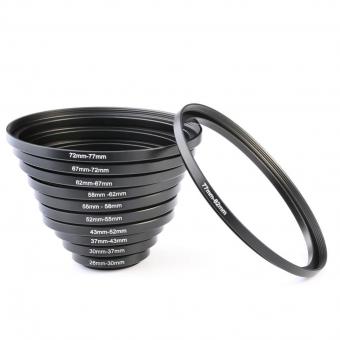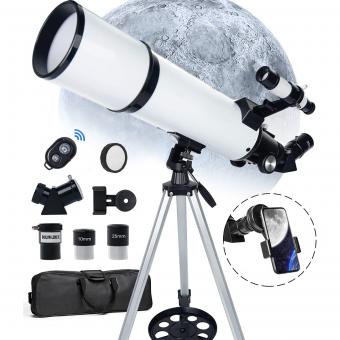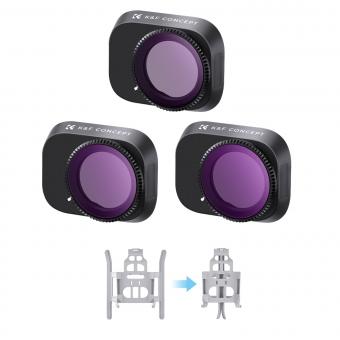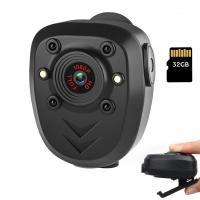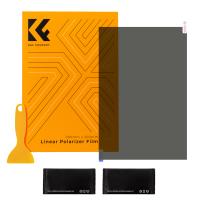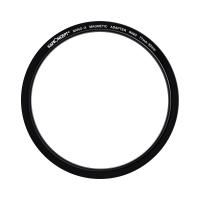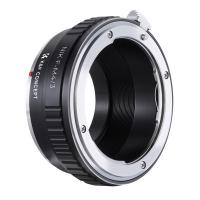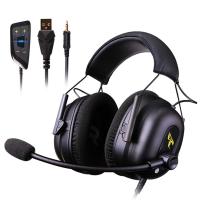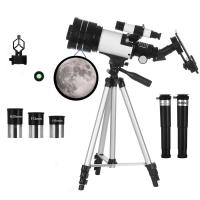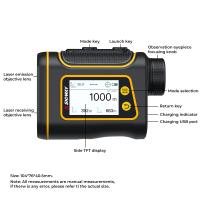How To Set Up Refractor Telescope ?
To set up a refractor telescope, start by assembling the tripod and ensuring it is stable on a flat surface. Attach the mount to the tripod and make sure it is securely fastened. Next, attach the optical tube assembly (OTA) to the mount, ensuring it is properly aligned. Insert the eyepiece into the focuser and secure it in place. Adjust the tripod legs to the desired height and level the mount using the built-in bubble level. Finally, point the telescope towards your desired target and use the mount's controls to track and focus on the object of interest.
1、 Choosing the Right Refractor Telescope for Your Needs
Choosing the Right Refractor Telescope for Your Needs
When it comes to stargazing and exploring the wonders of the universe, a refractor telescope can be a great tool. However, with so many options available on the market, it can be overwhelming to choose the right one for your needs. Here are some factors to consider when selecting a refractor telescope:
1. Aperture: The aperture, or the diameter of the objective lens, is an important factor to consider. A larger aperture allows more light to enter the telescope, resulting in brighter and clearer images. However, larger apertures also mean larger and heavier telescopes, so it's important to find a balance between portability and image quality.
2. Focal Length: The focal length determines the magnification power of the telescope. A longer focal length provides higher magnification, allowing you to observe distant objects in more detail. However, higher magnification also means a narrower field of view, so consider your observing preferences when choosing the focal length.
3. Mount: The mount is crucial for stability and ease of use. There are two main types of mounts: altazimuth and equatorial. Altazimuth mounts are simpler and more intuitive, making them ideal for beginners. Equatorial mounts, on the other hand, are designed to track the rotation of the Earth, allowing for smoother and more precise tracking of celestial objects.
Now that you have chosen the right refractor telescope for your needs, it's time to set it up. Here's a step-by-step guide on how to set up a refractor telescope:
1. Find a suitable location: Choose a location with minimal light pollution and a clear view of the sky.
2. Assemble the tripod: Extend the tripod legs and lock them in place. Ensure that the tripod is stable and level.
3. Attach the mount: Attach the mount to the tripod using the provided screws or clamps. Make sure it is securely fastened.
4. Attach the telescope tube: Slide the telescope tube into the mount's dovetail bracket and tighten the screws to secure it in place.
5. Insert the eyepiece: Choose an appropriate eyepiece based on your observing preferences and insert it into the focuser.
6. Align the finder scope: Use the finder scope to align the telescope with a distant object, such as a tree or building. Adjust the finder scope's alignment screws until the object is centered in both the finder scope and the main telescope.
7. Calibrate the mount: If you have an equatorial mount, you will need to calibrate it to your location's latitude. Follow the manufacturer's instructions to set the mount's polar axis to the correct angle.
8. Start observing: Once everything is set up and aligned, you are ready to start observing the night sky. Use the mount's controls to track celestial objects and enjoy the wonders of the universe.
Remember, practice makes perfect. It may take some time to become familiar with your new refractor telescope and its features. Don't be discouraged if you don't achieve perfect results right away. With patience and practice, you will soon be capturing breathtaking views of the cosmos.

2、 Assembling and Mounting Your Refractor Telescope
Assembling and Mounting Your Refractor Telescope
Setting up a refractor telescope may seem daunting at first, but with a little guidance, it can be a straightforward process. Here is a step-by-step guide to help you assemble and mount your refractor telescope:
1. Unpack the telescope: Carefully remove all the components from the packaging, including the optical tube, tripod, mount, eyepieces, and any accessories that may have come with it.
2. Attach the tripod: Extend the tripod legs to a comfortable height and lock them in place. Ensure that the tripod is stable and level on the ground.
3. Attach the mount: Place the mount on top of the tripod and secure it using the provided screws or clamps. Make sure the mount is firmly attached and does not wobble.
4. Attach the optical tube: Slide the optical tube into the mount's dovetail bracket and tighten the screws to secure it in place. Ensure that the tube is aligned with the mount and facing the desired direction.
5. Install the finderscope: Attach the finderscope to the optical tube using the provided brackets or screws. Align the finderscope with the main telescope by adjusting the screws until the crosshairs are centered.
6. Insert the eyepiece: Choose an appropriate eyepiece based on your observing needs and insert it into the focuser. Secure it in place by tightening the thumbscrew.
7. Balance the telescope: Adjust the position of the optical tube along the mount's axis to achieve proper balance. This will ensure smooth and stable movements when tracking objects in the sky.
8. Align and calibrate: Follow the manufacturer's instructions to align and calibrate any computerized or motorized features of your telescope, if applicable.
Remember to consult the user manual that came with your specific refractor telescope for any additional instructions or recommendations. Additionally, it is always a good idea to familiarize yourself with basic astronomy concepts and observing techniques to enhance your overall experience.
As technology advances, new features and improvements may be introduced in refractor telescopes. Therefore, it is advisable to stay updated with the latest information and advancements in the field to make the most of your telescope's capabilities.
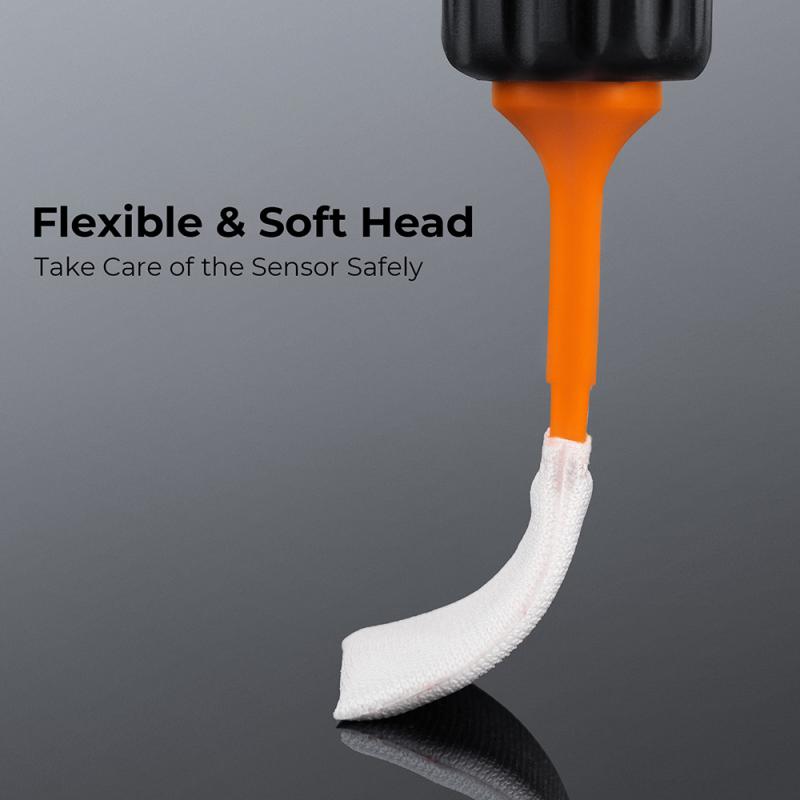
3、 Aligning and Calibrating the Refractor Telescope
Aligning and calibrating a refractor telescope is essential to ensure accurate and clear observations of celestial objects. Here is a step-by-step guide on how to set up a refractor telescope:
1. Find a suitable location: Choose a spot with minimal light pollution and a clear view of the sky. Avoid areas with tall buildings or trees obstructing your view.
2. Assemble the telescope: Follow the manufacturer's instructions to assemble the refractor telescope. Attach the tripod securely and make sure all the components are properly connected.
3. Level the tripod: Use a bubble level to ensure the tripod is level. Adjust the legs as necessary to achieve a stable and balanced setup.
4. Mount the telescope: Carefully attach the telescope to the mount, ensuring it is securely fastened. Double-check that all screws and knobs are tightened.
5. Align the finderscope: The finderscope helps you locate objects in the sky. Align it with the main telescope by pointing it at a distant object during the day. Adjust the screws until the object is centered in both the finderscope and the main telescope.
6. Calibrate the finder: Once aligned, calibrate the finder by selecting a bright star or planet. Center it in the main telescope's eyepiece and adjust the finder's alignment screws until the object is centered in the finder as well.
7. Polar alignment (if applicable): If your refractor telescope has an equatorial mount, you'll need to polar align it. This involves aligning the mount's axis with the Earth's axis of rotation. Follow the manufacturer's instructions for your specific mount.
8. Focus the telescope: Use the focuser knobs to achieve a sharp focus on the object you wish to observe. Experiment with different eyepieces to achieve the desired magnification.
Remember, practice and patience are key when setting up and aligning a refractor telescope. It may take a few attempts to achieve optimal alignment and calibration. Additionally, consider consulting online resources or joining astronomy forums to stay updated on the latest techniques and tips for setting up your refractor telescope.

4、 Focusing and Adjusting the Refractor Telescope
Focusing and Adjusting the Refractor Telescope
Setting up a refractor telescope may seem daunting at first, but with a little practice and patience, it can be a rewarding experience. Here is a step-by-step guide on how to focus and adjust a refractor telescope:
1. Find a suitable location: Choose a spot with minimal light pollution and a clear view of the sky. Set up your telescope on a stable surface, such as a tripod, to ensure steady viewing.
2. Assemble the telescope: Follow the manufacturer's instructions to assemble the telescope correctly. Attach the optical tube to the mount and secure it tightly.
3. Align the finderscope: The finderscope is a smaller telescope mounted on top of the main telescope. Align it with the main telescope by pointing both at a distant object during the day. Adjust the screws on the finderscope until the object is centered in both scopes.
4. Insert the eyepiece: Choose an eyepiece based on your desired magnification. Insert it into the focuser at the back of the telescope. Start with a lower magnification eyepiece to locate objects easily.
5. Rough focus: Look through the eyepiece and turn the focus knob until the image becomes clear. This is the rough focus, which can be refined later.
6. Fine-tune the focus: Observe a bright star or planet and adjust the focus knob until the image becomes as sharp as possible. Take your time and make small adjustments until you achieve the desired focus.
7. Adjust the mount: If the object you are observing moves out of the field of view, adjust the mount's altitude and azimuth controls to keep it centered. This may require some trial and error, but with practice, you will become more proficient.
8. Experiment with different eyepieces: Different eyepieces offer varying levels of magnification and field of view. Experiment with different eyepieces to find the best combination for your observing needs.
It is important to note that the latest point of view in astronomy emphasizes the importance of dark skies and reducing light pollution. When setting up your refractor telescope, consider using light pollution filters or observing from a location with minimal artificial light to enhance your viewing experience.
Remember, practice makes perfect when it comes to focusing and adjusting a refractor telescope. With time and experience, you will become more comfortable and proficient in using your telescope to explore the wonders of the night sky.


